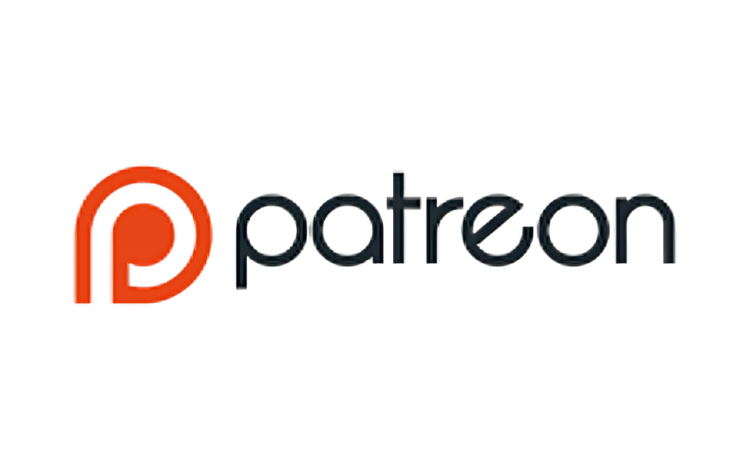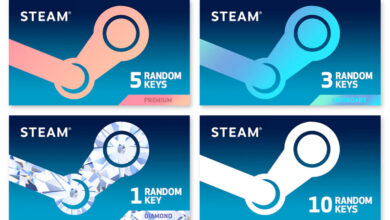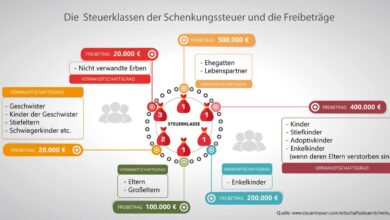Patreon Unlocking Creative Potential in the Digital Era

In today’s world, where digital platforms dominate our interactions, the way creators connect with their audiences has been revolutionized. Among the many platforms that empower creators, Patreon stands out as a game-changer. Designed to bridge the gap between creative talent and sustainable income, Patreon has become a household name in the creator economy. But what is Patreon exactly? How does it work, and why should creators and supporters alike care about this platform? Let’s dive in.
What Is Patreon?
Patreon is a subscription-based platform that allows creators to earn a steady income directly from their fans, often referred to as “patrons.” Founded in 2013 by musician Jack Conte and developer Sam Yam, Patreon was created to solve a problem Conte faced as a creator: irregular income from ad-revenue-driven platforms like YouTube.
Patreon enables creators—whether they are artists, podcasters, writers, musicians, or educators—to monetize their work by offering exclusive perks to patrons who pledge a monthly subscription. Unlike traditional crowdfunding platforms like Kickstarter,focuses on ongoing support rather than one-time funding, making it a reliable income source for creators.
How Does Patreon Work?
For Creators:
Creators on Patreon set up a profile showcasing their work and outlining the benefits of becoming a patron. They can offer tiered memberships, each with its own perks, such as:
- Exclusive content: Behind-the-scenes videos, early access to creations, or exclusive blogs.
- Shoutouts: Public acknowledgments for patron support.
- Merchandise: Personalized gifts, like stickers or signed artwork.
- Community access: Private Discord servers or Q&A sessions with the creator.
Once the profile is set up, creators can share their Patreon page on social media or embed links in their content to invite their audience to become patrons.
For Patrons:
Fans who appreciate a creator’s work can support them by subscribing to one of their membership tiers. Depending on the level of support, patrons gain access to exclusive benefits and the satisfaction of knowing they are directly helping their favorite creators thrive.
Why Is Patreon So Popular?
1. Empowering Creators
Traditional content creation often relies on ad revenue, sponsorships, or platform algorithms. However, these methods can be unpredictable and limiting. Patreon removes the middleman, allowing creators to directly connect with and benefit from their audience.
2. Customizable Support Tiers
Creators have full control over how they structure their tiers and rewards. This flexibility enables them to cater to a wide range of patrons, from casual fans to die-hard supporters.
3. Community Building
Patreon isn’t just about monetary support; it fosters a sense of community. Creators can interact more personally with their patrons, strengthening the bond between them and their audience.
4. Financial Stability
Unlike ad revenue, which can fluctuate based on views or clicks provides a more predictable income stream. This stability allows creators to focus on their craft rather than chasing trends or sponsorships.
Examples of Successful Patreon Creators
Patreon hosts a diverse range of creators who have leveraged the platform to achieve remarkable success:
1. Amanda Palmer
The musician and performance artist Amanda Palmer has been a pioneer on Patreon, using the platform to fund her music and connect deeply with her fans. Her patrons receive everything from early album releases to exclusive behind-the-scenes content.
2. Kurzgesagt
The popular YouTube channel Kurzgesagt, known for its high-quality animated educational videos, uses Patreon to maintain creative independence. By relying on patron support, they avoid intrusive sponsorships and stay true to their mission of delivering honest, well-researched content.
3. Critical Role
A group of voice actors playing Dungeons & Dragons, Critical Role, has built a massive community through Patreon. Their patrons gain access to exclusive campaign materials, Q&A sessions, and special events.
Is Patreon Right for You?
If you’re a creator looking to monetize your passion, Patreon might be the perfect platform for you. However, it’s essential to consider a few factors before diving in:
Pros:
- Direct support: No need to rely on algorithms or sponsors.
- Creative freedom: Focus on your passion rather than pleasing advertisers.
- Strong community: Build deeper connections with your audience.
Cons:
- Competition: With thousands of creators on Patreon, standing out can be challenging.
- Time investment: Offering exclusive content and engaging with patrons takes effort.
- Fee structure: charges a percentage of your earnings, which can cut into your revenue.
How to Succeed on Patreon
Success on Patreon requires more than just setting up a page. Here are some tips to maximize your potential:
1. Define Your Niche
Focus on what makes your content unique. A clear niche helps attract dedicated fans who are willing to support you financially.
2. Offer Valuable Perks
Patrons need incentives to subscribe. Ensure your rewards are appealing and worth the investment.
3. Promote Your Page
Use social media, email newsletters, and other platforms to spread the word about your Patreon. The more people know about it, the more patrons you’ll attract.
4. Engage With Your Community
Consistent interaction with your patrons keeps them invested in your work. Respond to their messages, involve them in creative decisions, and show appreciation for their support.
5. Stay Consistent
Regularly update your Patreon page with fresh content to keep patrons engaged and attract new supporters.
Alternatives to Patreon
While Patreon is an excellent platform, it’s not the only option for creators. Depending on your goals and audience, you might explore alternatives like:
- Ko-fi: Focused on smaller, one-time contributions, Ko-fi is ideal for creators seeking casual support.
- Substack: Designed for writers and newsletter creators, Substack allows you to monetize your content through subscriptions.
- OnlyFans: Although often associated with adult content, OnlyFans caters to creators across various niches, offering direct fan interaction and monetization.
The Future of Patreon
As the creator economy continues to grow, is well-positioned to remain a leader in the space. Its commitment to innovation—such as integrating with tools like Discord and enabling content previews—ensures it stays relevant. Furthermore’s success has inspired other platforms to prioritize creators’ needs, signaling a shift in how digital content is monetized.
Conclusion
Patreon has redefined the way creators earn a living, offering a sustainable and empowering alternative to traditional revenue streams. By providing a direct link between creators and their fans, the platform has become a cornerstone of the modern creator economy.
Whether you’re a budding artist or an established podcaster, Patreon offers the tools to turn your passion into a thriving career. And for fans, it’s a way to support the creators they love while gaining exclusive access to their work.
In a world where creativity is often undervalued, Patreon stands as a beacon of hope, proving that art, in all its forms, is worth supporting. If you’re ready to take your creative journey to the next level, Patreon might just be the platform you’ve been waiting for.
4o




